Volunteering Innovation Fund success stories
Parks Victoria has been thrilled to work with recipients of the Volunteering Innovation Fund on ideas that shake and change volunteering in our parks and have the freedom to thrive.
Read about some of these completed projects and the legacy they are leaving.
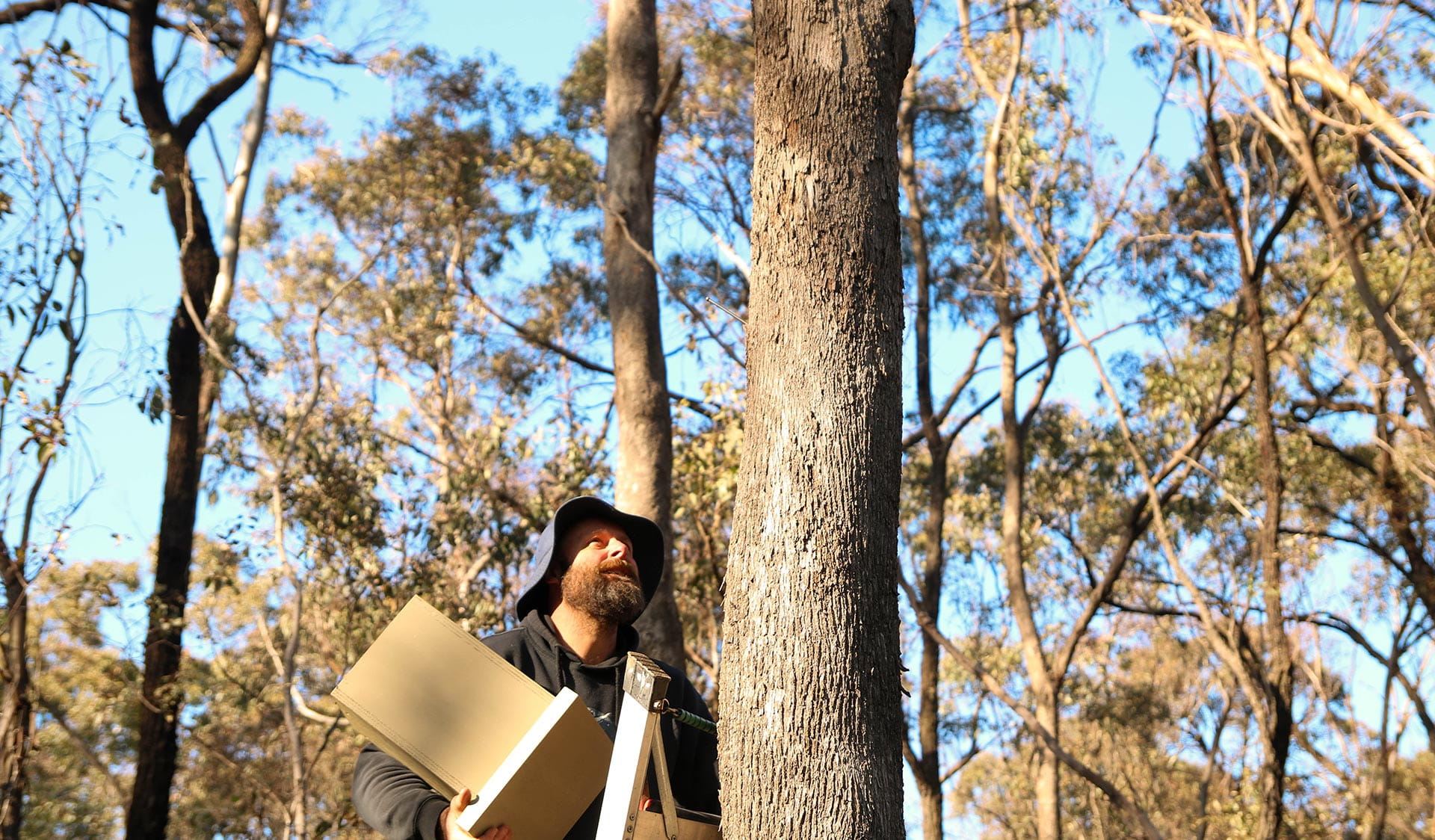
Biolinks Alliance
What: Climate-proof Swift-Parrot habitat and create an exciting citizen-science monitoring program
When: Round 2
Where: Spring Plains Nature Conservation Reserve
Aim: 100 new volunteers, 215 extra nestboxes installed, 6 extra camera traps, 5 new kangaroo exclousures, 6 ecological surveys
Outcome: 359 new volunteers, 200 extra nestboxes installed, 8 extra camera traps, 18 new kangaroo exclousures, 10 ecological surveys
The Swift Parrot is critically endangered. Biolinks Alliance, an organisation that works to build the capacity of Landcare and other community groups in central Victoria, started an ambitious project to make sure habitat use by the parrots can withstand climate changes.
"We used a number of techniques to restore the habitat over 138ha in the Spring Plains Nature Conservation Reserve to help the Swift Parrot. And we wanted to monitor the success of those techniques with the help of volunteers. We created a citizen science monitoring program, but we wanted to make it fun and interesting. We had 200 nest boxes built, proposed to create kangaroo exclusion areas, and bought wildlife monitoring cameras. We then advertised for volunteers to help install, regularly check the boxes, and assess the success of the enclosures by looking at the camera footage online and carrying out vegetation surveys. There was a great response!
Going into this project we didn’t expect that so much of the volunteering effort would come from a small number of highly dedicated volunteers. We also didn't expect to get the high level of engagement with online tools like Digivol, but people took to it really well. We also discovered the importance of using established volunteer organisations in the community, such as libraries, community houses and education facilities. It was such a pleasure to work with so many amazing and committed volunteers and it felt great to celebrate with the volunteers at the end of the project."
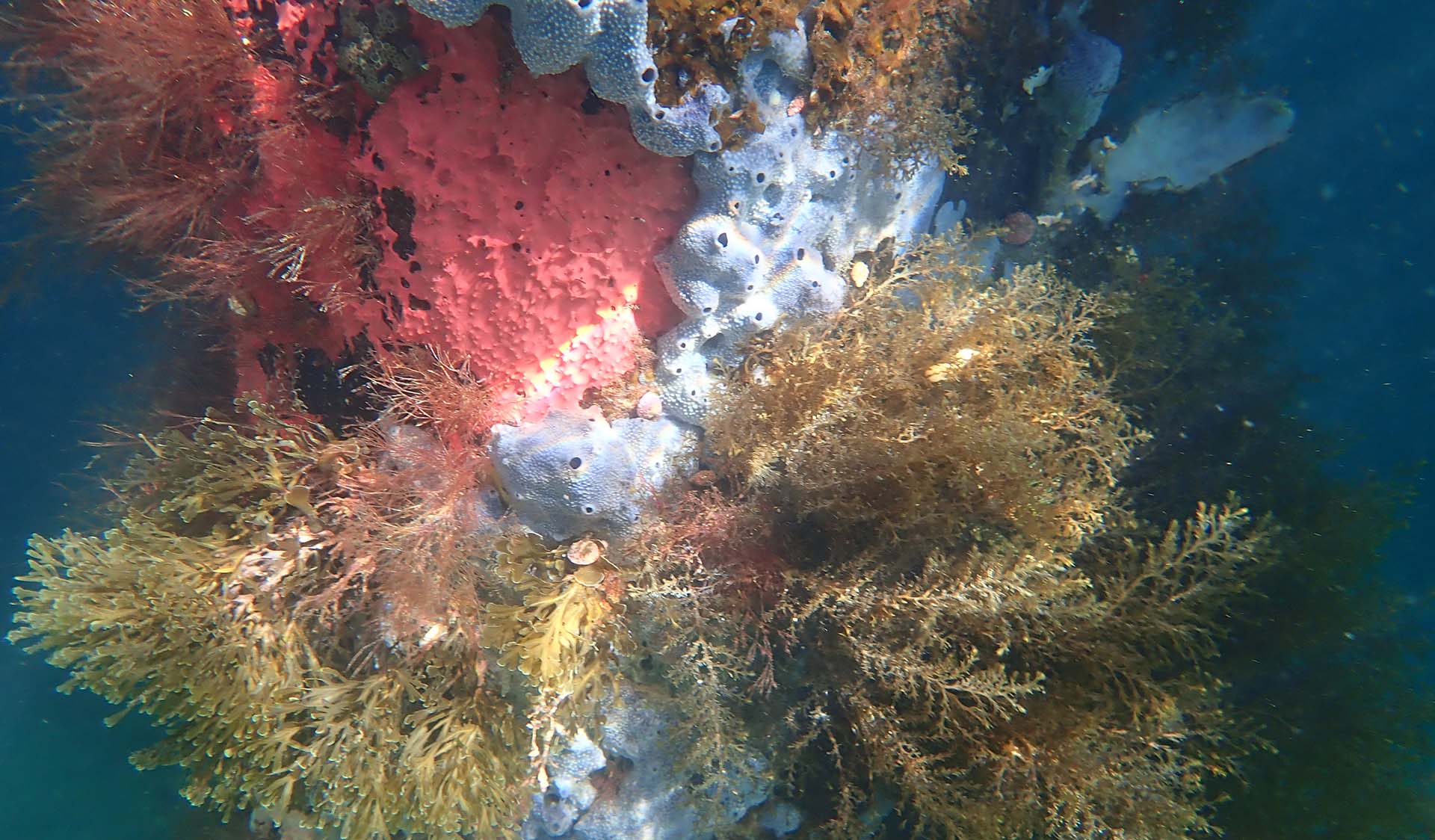
Victorian National Parks Association
What: Invite recreational anglers to partner with professional snorkel instructors to become marine citizen scientists
When: Round 1
Where: Flinders Pier
Aim: 20 new volunteers, 2 new partners, 400 images/data uploads
Outcome: 25 new volunteers, 2 new partners, 1000 images/data uploads
As a way to invite more people to volunteer in and for nature, the Victorian National Parks Association’s Reef Watch program ran a Sea Slug census at Flinders Pier. Reef Watch were hoping to invite anglers to participate, but unfortunately they found little interest.
“The lack of participants registering through our partners made us search for new volunteers using social media. We reached out to the Snorkelling Melbourne Victoria Facebook group (over 7000 members) to share our event. The post reached over 4000 people with over 500 engaging with it, and increased followers of the Reef Watch Facebook page by ~100. It also meant that all 36 spots for the Flinders Pier snorkel were filled in less than 8hrs! 28 of these participants commented they were unaware they could volunteer while snorkelling.”
The snorkellers were invited to do what they love while taking photos and gathering data to contribute to a marine biodiversity database. As a means of opening up dialogue between anglers and snorkelers, OzFish joined the day and spoke about the work they were doing to improve habitat and engage anglers in sustainable fishing methods. The event also garnered a lot of community interest on the day, with Victorian National Parks Association and OzFish representatives able to communicate and build relationships with the recreational angling community.
Watch a video of the event.
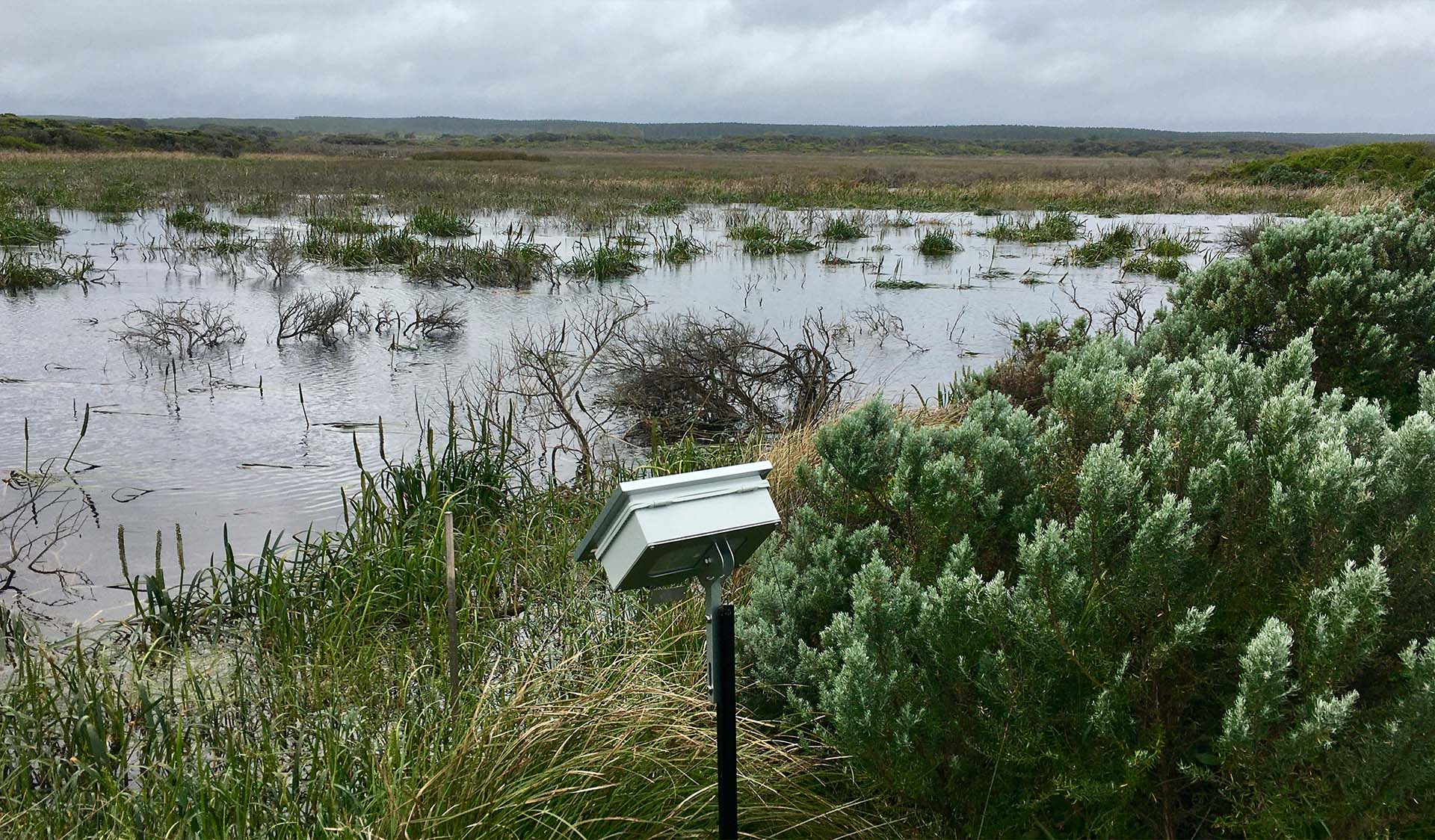
Birdlife Australia
What: Monitor wetland birds using acoustic monitors and virtual volunteers
When: Round 1
Where: Glenelg-Hopkins Catchment
Aim: 25 online volunteers, 2 volunteers with a disability, detection of 2 threatened species
Outcome: 27 online volunteers, 3 volunteers with a disability, detection of 2 threatened species
Birdlife Australia were one of the first successful recipients to the Volunteering Innovation Fund in 2020, receiving $20,000 for their citizen science project to monitor wetland landscapes. In December 2019 the number of observations for many cryptic waterbird species plummeted, except for the endangered Australasian Bittern, which doubled.
“The project established three long-term acoustic monitoring stations across Glenelg-Hopkins Catchment and assigned stewardship volunteers portable acoustic monitors to deploy at local wetlands and form a network of satellite monitors. Recordings were uploaded to Arbimon where Victorians have been able to volunteer their time to identify species through audio files online from home. This data will be used to understand breeding patterns of the Australasian Bittern and assist developing a recovery plan for the species.”
One of the acoustic monitors purchased has since been used by the Windamara Aboriginal Corporation at Tyrendarra Indigenous Protected Area. The monitors have detected the very first record of a breeding event by the endangered Australasian Bittern at the site. Have a listen here!
Soundscape 1 (7, 9 and 12 secs)
Soundscape 2 (13, 15, 18 secs)
Soundscape 3 (45, 47, 49 secs)
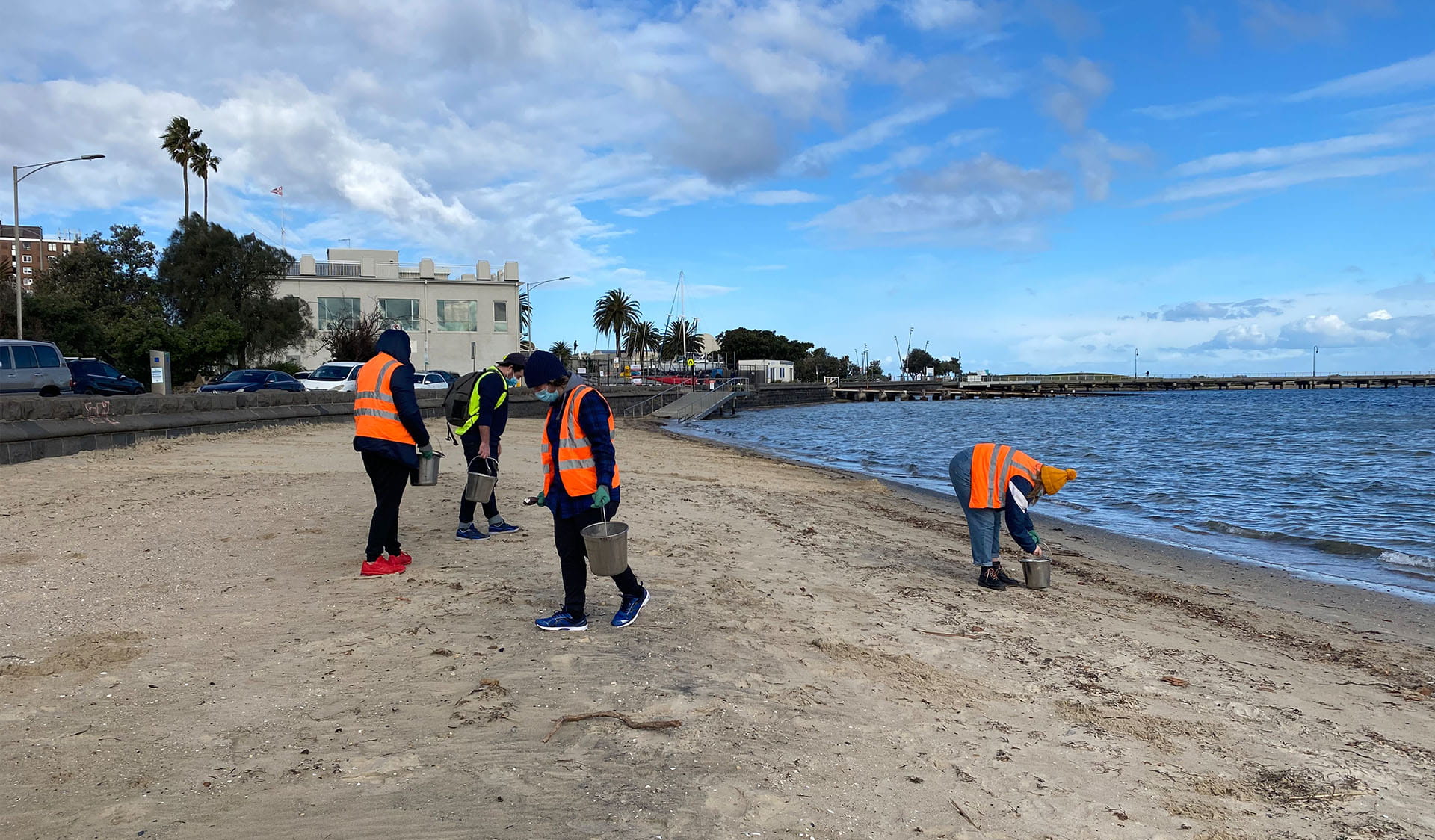
headspace Early Psychosis
What: Develop and implement a volunteering program for clients of the headspace Early Psychosis service
When: Round 1
Where: Melbourne
Aim: 5 environmental volunteering activities, 10 new volunteers, 8 young volunteers
Outcome: 5 environmental volunteering activities, 8 new volunteers, 8 young volunteers 4 volunteers from diverse backgrounds
Young people with a passion for the environment were invited to take part in a pilot program, developed and implemented by headspace Early Psychosis. The program provided hands on practical volunteering experiences and tailored online career development sessions. All participants reported feeling more connected to the environment, grounded while meditating and listening to the parks sounds and why it’s important to care for the environment.
“Overall we have been so impressed to see many of the participants now engaged in paid employment”, headspace Early Psychosis.
With a blueprint for future volunteering programs, headspace Early Psychosis are now planning further programs.
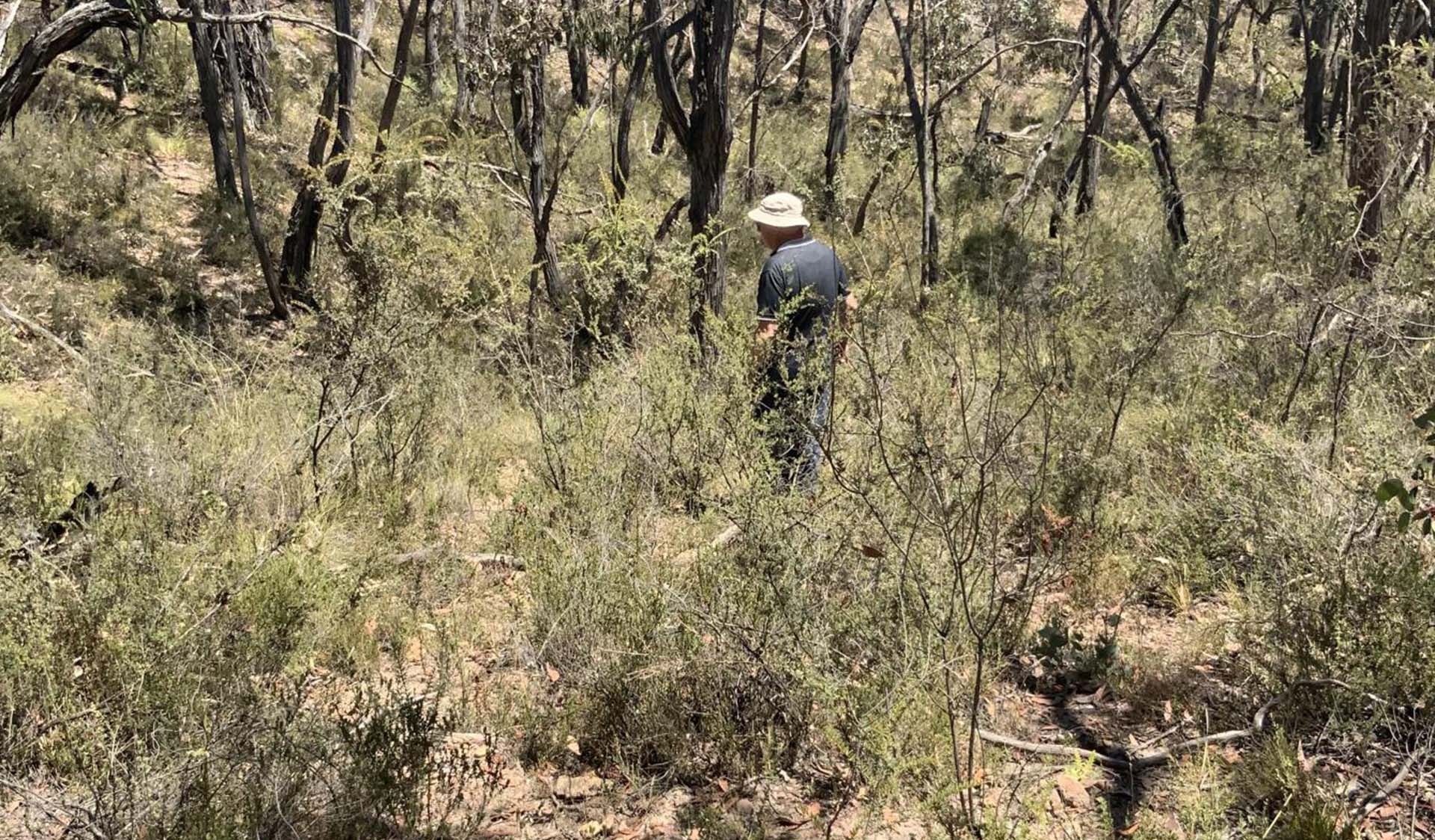
Threatened Species Conservancy
What: Create citizen science interface to monitor the threatened Fryerstown Grevillea
When: Round 1
Where: Fryers Ridge
Aim: monitor threatened species, 1 GIS and data gathering interface, 10 new volunteers
Outcome: monitor threatened species, 1 data management system, 10 new volunteers
The Fryerstown Grevillea (Grevillea obtecta) is a small shrub endemic to the Fryerstown region in Central Victoria. The species is listed as "rare in Victoria" and have experienced significant population decline.
The team trialed survey methods and “developed a data gathering interface for the threatened Grevillea obtecta, other threatened flora and fauna species and germplasm collection. We engaged with an IT volunteer, developed a fantastic relationship and they are now eager to use their specialised IT skills with future environmental volunteering projects. The project has also engaged volunteers from the app developers in an on-going capacity to support the Threatened Species Conservancy and our data management requirements into the future.”
The data gathered will inform the design and improvement of recovery programs.
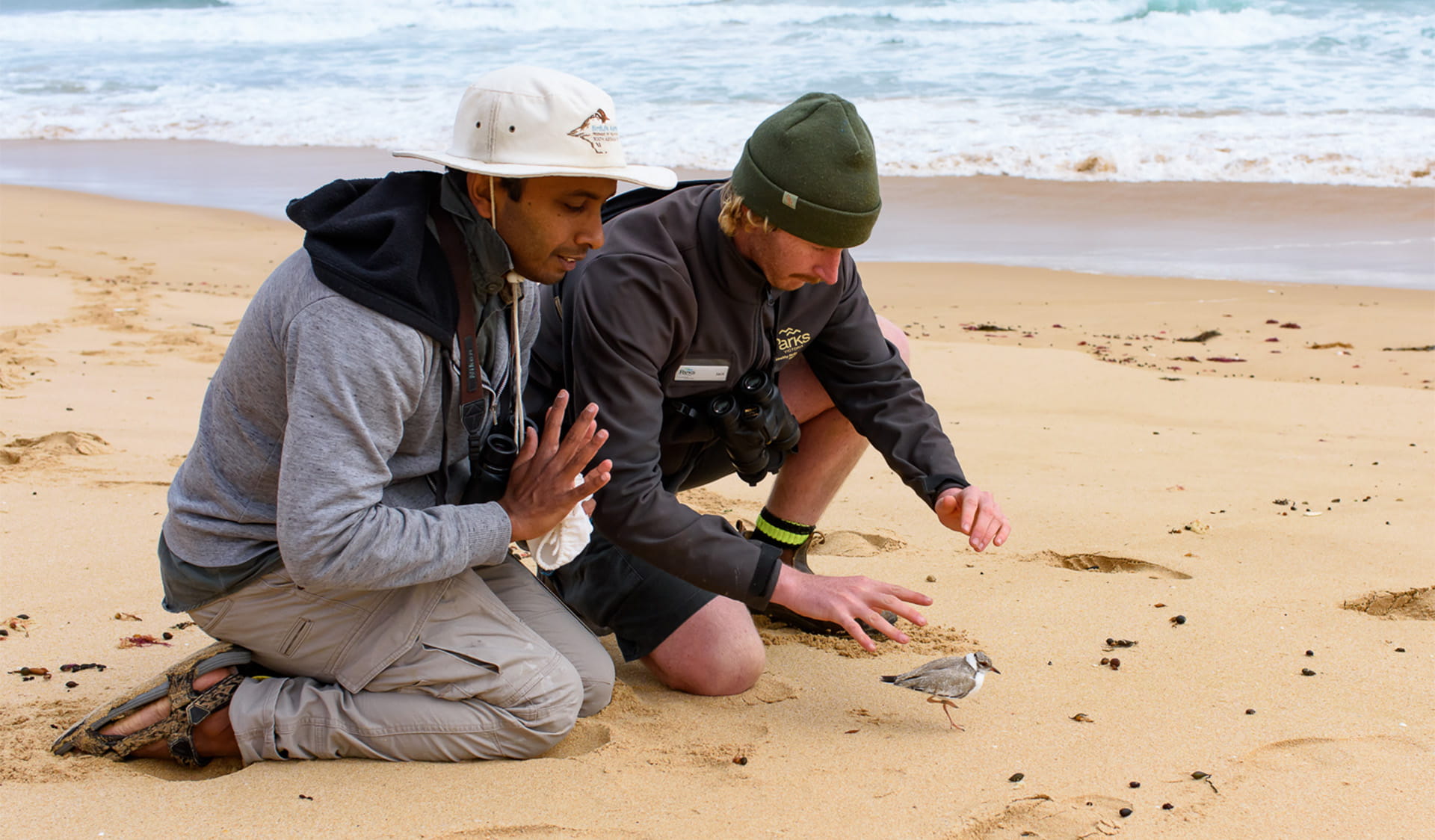
Friends of the Hooded Plover
What: Unite Friends of the Hooded Plover groups, Birdlife and local Mens Sheds in a series of projects.
When: Round 1
Where: South East Victorian coast
Aim: 1 new partner, 50 new chick shelters, 100 new fence posts, 5 new volunteers, 3 new videos
Outcome: 1 new partner, 50 new chick shelters, 250 new fence posts, 10 new volunteers, 3 new videos
“Our long-term volunteers have so much knowledge about what works, what doesn’t and about the unique sites along the Victorian coast”. Friends of the Hooded Plover (FOHP) interviewed their volunteers and created 3 short videos to inspire and inform future volunteers, and hosted a ‘coast swap’ between neighboring regions where volunteers discussed local issues, shared experiences and formed connections.
Some coastal areas are more prone to strong winds and tidal surges, so FOHP trialed new types of fence posts to be used temporarily around Hooded Plover nests. “We were able to purchase a new type of fence post from South Australia and trial its use in beach-nesting bird nest enclosures on the Bass Coast in Victoria. The trials were successful, and we aim to use it in other regions in Victoria”.
In the final project component, FOHP collaborated “with the Wonthaggi Men's Shed in producing chick shelters”. These chick shelters protect Hooded Plover breeding sites from crushing and buffer disturbance. “With this initiative, we engaged a group of volunteers who had not been engaged with before, in beach-nesting bird conservation”.
Learn more at Birdlife Australia.
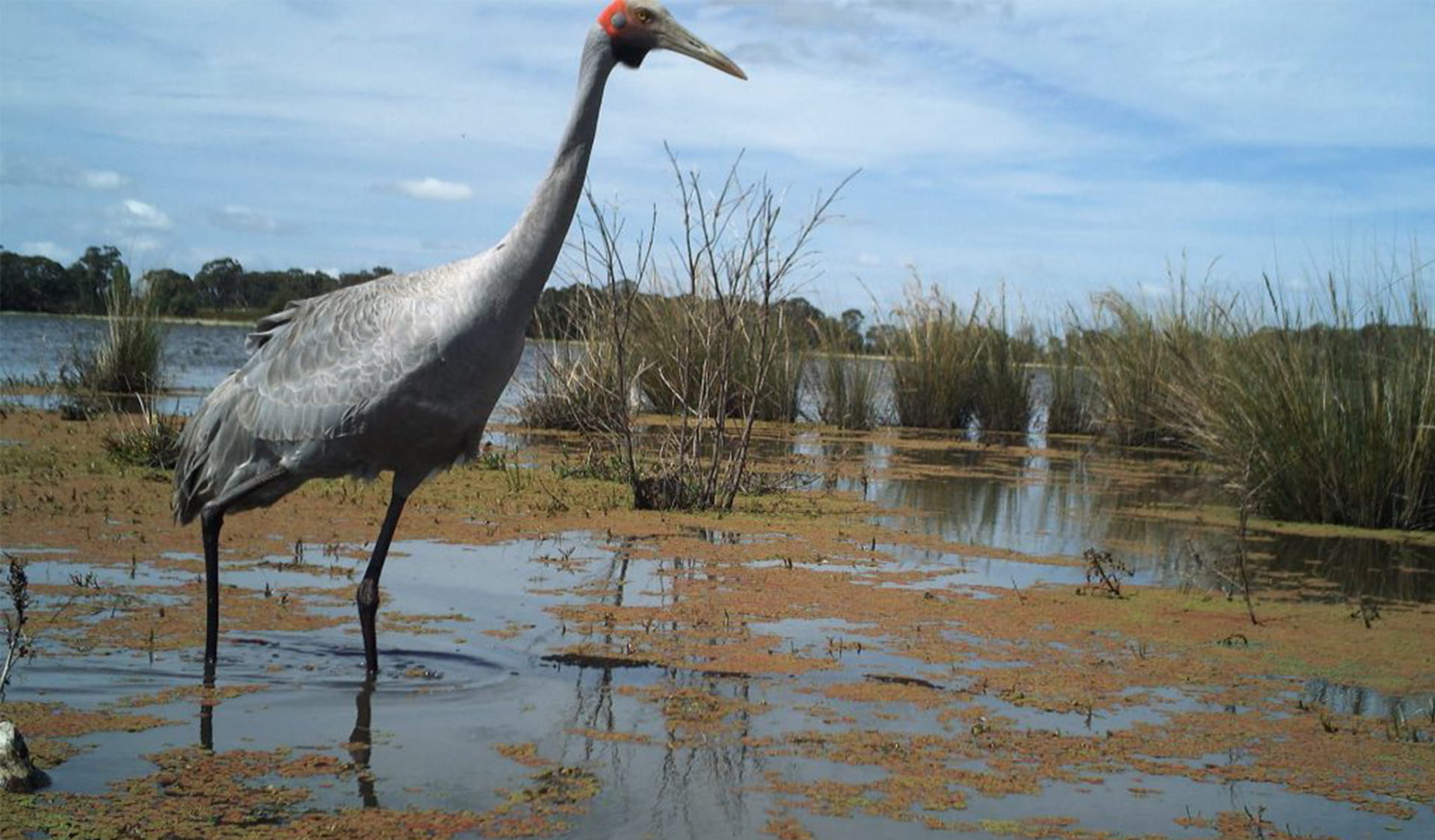
Nature Glenelg Trust
What: Build and support a volunteer-based passive environmental monitoring program.
When: Round 1
Where: Gariwerd
Aim: remote and online monitoring, 20 new volunteers, 2 monitoring sites
Outcome: remote and online monitoring, 19 new volunteers, 2 monitoring sites
Volunteers led novel citizen science; collecting, organising, and analysing environmental data from remote technologies (Remote Cameras and AudioMoths).
“The results of the remote sensing provided valuable data around residence times of brolga at Green Swamp - previously we thought they were present from April to June but camera data showed they were present from February to July. Cameras also identified a brolga chick at Walker Swamp, which hadn't previously been seen. This helps give a time estimate of when the adults nested. We also recorded Australasian bittern calls at Brady Swamp. This data can be combined with water level records and provide insights into the relationship between bittern calling and water level rise/fall. Project promotion also led to a research project on Wimmera bottlebrush at Brady Swamp/Gooseneck Swamp.”
“This project was seen as a way to make nature more accessible to people. Several of the volunteers were able to interact, through photo verification, despite not being able to get on-site. It also allowed us to share a visual story to a much wider audience. The project has also now allowed a longer-term, ongoing project to be developed and improved as more volunteers get on board”.
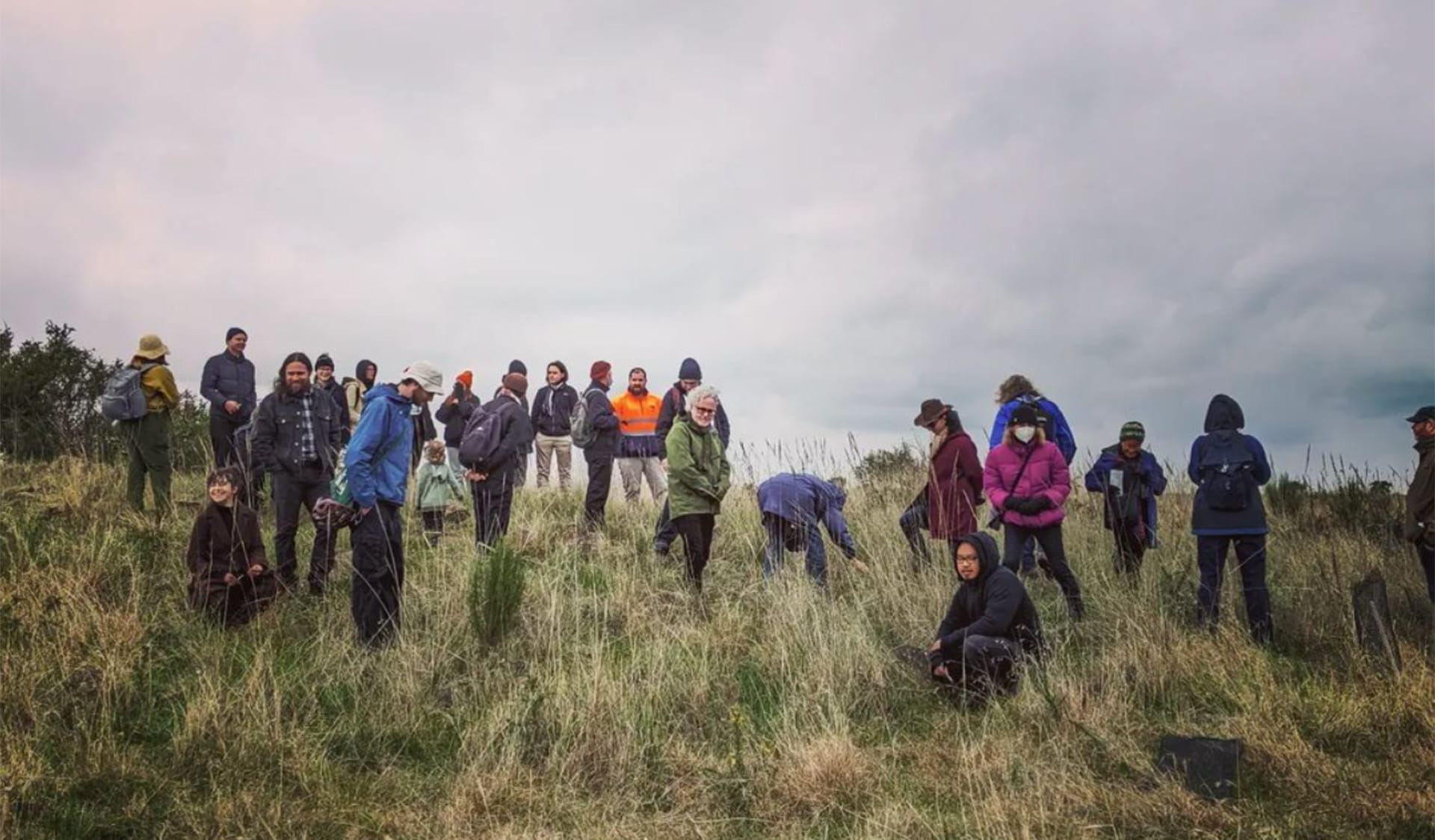
Merri Creek Management Committee
What: Work with ecologists and Wurundjeri Woi Wurrung Narrap Rangers to improve habitat
When: Round 2
Where: Merri Creek
Aim: 90 new volunteers, new partnership, 9 activities
Outcome: 90 new volunteers, new partnership, 13 activities
Merri Creek Park, also known as Galada Tamboore, is a place of great cultural significance to Wurundjeri Woi wurrung people and supports critically endangered grassland communities. The project involved a series of workshops and working bees to involve volunteers in practical ways to care for the reserve’s threatened species.
“The project introduced a larger audience to the site, including many first timers… Many of the new faces became repeat volunteers, returning to the site for further interpretive events and practical weeding days.
The variety of events allowed us to achieve a good balance of on-ground outcomes (weed removal) and educational outcomes (ecology intros and improved weed ID)”.
Many of the project activities had fewer costs than anticipated, and the resultant unspent funds were redirected towards further follow-up weed control.
“This additional weed control resulted in the uncovering and protection of a new colony of critically endangered Matted Flax-lily and several regionally threatened species”.

